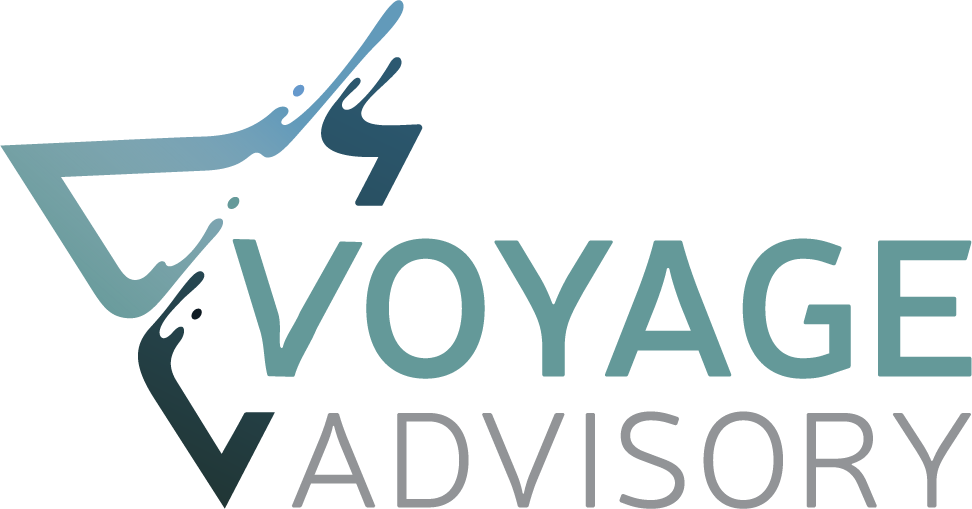Why Contact Centers Have Long Wait Times and What To Do About It
Organizations can take steps to maintain service standards in uncertain environments.
Long wait times in contact centers frustrate customers, reduce employee morale, and lead to repeat calls and channel hopping, which increases demand even more. In this article, we explore the circumstances that cause this problem, and how organizations can manage it.
WHAT CAUSES LONG WAIT TIMES?
Long wait times can be explained by queueing theory, which is the study of waiting in line. It can be traced back to the early 1900s when banks began to study wait times in the teller line. Contact centers now use more sophisticated tools, often based on a formula called Erlang-C. According to queueing theory, contact center wait times are primarily a function of three variables:
VOLUME: How many calls are we going to get?
HANDLE TIME: How long will those calls take?
STAFFING: How many agents are available to answer the calls?
We’ve heard numerous stories of people calling their banks, utility providers and airlines and hearing an automated voice say “your current wait time is over 2 hours”. When this happens, it is because these variables have gone awry.
CALLS ARE UP. New call types, seasonality, or external factors like travel delays or market volatility can increase volume and require coordination with other entities.
CALL LENGTH IS UP. Most basic call types are now automated, so the calls that must be handled by a customer service representative are inherently more complex. New topics and customer frustration lengthen the interactions further, compounding wait times.
STAFFING IS DOWN. Contact centers may be operating with less staff due to sickness, holidays, or other external factors.
How Can This Challenge Be Addressed?
When these factors combine, the result is a perfect storm that creates a cycle of increased call volume and wait times. So, how do we address this? Here are just a few ideas to consider:
COMMUNICATION. Using systems of record, identify call types and communicate to customers via email, social media and within company apps and websites on common topics.
IVR UPDATES. Update phone menus to push answers to regularly asked questions, create automated workflows when possible.
AUTOMATION. Identify contact center and back office practices that can be wholly or partially automated using bots. Provide tips to help customer service representatives to quickly address common issues.
SPEECH ANALYTICS. Leverage or invest in technology to transcribe voice interactions. Use the technology to uncover and train to call insights.
TRAINING. Increase training frequency, providing specific FAQs, talking points and scripting
OUTSOURCING AND TEMPORARY STAFFING. Temporarily restructure call flows to move simple calls to separate queues, then increase staff with temps or utilize outsourcers.
STAFFING MODEL. Make thoughtful use of remote staffing models, which increase the pool of qualified employees and offer more scheduling options.
EMPLOYEE ENGAGEMENT. Temporarily engage customer service representatives in problem-solving. They often have unique insights into the root causes of common customer problems and specific recommendations for addressing them.
By following these steps, organizations can maintain their standards of customer service, even when faced with unprecedented challenges.
Interested in discussing this topic further?
Reach out today so we can explore your company’s needs and find the next steps together.
Email: hello@voyageadvisory.com | Call or text: 312.869.8000

